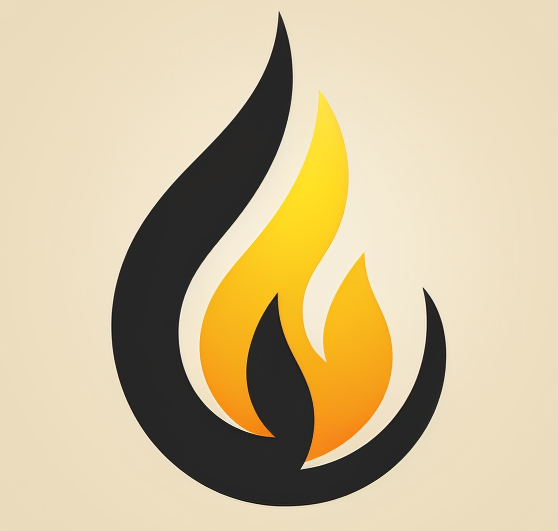Fire suppression systems are vital for preventing damage and loss of life due to fire. They are designed for properties and equipment requiring more sophisticated protection than a stand-alone state of the art fire extinguisher can provide. With an array of systems available, making the right buying choice may seem daunting. In this guide, we’ll delve into different fire suppression systems and the key factors to consider when selecting the right system for your needs.
Fire Suppression Systems and Fire Classes
Fire suppression systems are designed to combat specific fire classes. Understanding the nature of fire classes is essential for selecting the right system.
1. Fire Sprinkler Systems:
Sprinkler systems are effective against Class A (common combustibles) and Class B (flammable liquids) fires[1].
- Wet Pipe Systems: They have water in the pipes at all times and are most commonly used due to their simplicity and reliability[2].
- Dry Pipe Systems: These systems are used in environments prone to freezing, and they delay water discharge until the fire’s heat triggers the sprinklers[2].
- Pre-action Systems: Used in areas with valuable assets, these systems prevent accidental water damage by requiring a separate trigger before water release[2].
- Deluge Systems: These systems quickly deliver large amounts of water, ideal for high-hazard environments like power plants[2].
- Foam Water Sprinkler Systems: By mixing foam concentrate with water, these systems effectively fight flammable liquid fires[3].
- Water Mist Systems: They discharge fine water droplets that control, suppress, or extinguish fires by cooling the fire and displacing oxygen[4].
2. Gaseous Agent Systems:
These systems are best for Class B and Class C (electrical) fires, where they extinguish fires by reducing oxygen levels or by heat absorption[5].
3. Chemical Agent Systems:
These systems combat Class K (kitchen) fires, as well as Class B and Class C fires.
- Wet Chemical Systems: Common in commercial kitchens, they suppress fires by creating a cooling foam layer and reacting with fats and oils[6].
- Dry Chemical Systems: They interrupt the chemical reaction of a fire and are often used in industrial applications[7].
4. Automatic Fire Suppression Systems:
These systems detect and suppress fires without human intervention, making them suitable for unattended applications[8].
5. Vehicle Fire Suppression Systems:
Both automatic and manual systems are designed for vehicles, with options for different types of vehicles and fire risks[9].
6. External Water Spray Systems:
These systems provide protection to buildings exposed to an external fire risk[21].
Property Size, Layout, and Maintenance Needs
When selecting a fire suppression system, consider the property size and layout. Larger properties or those with complex layouts may require more extensive systems, like automatic sprinkler or gaseous systems[22].
Maintenance is another crucial factor. All fire suppression systems require regular inspections and maintenance to ensure they work properly when needed[23]. However, some systems, like dry pipe or pre-action systems, may require more frequent checks due to their complexity[24].
NFPA Regulations
The National Fire Protection Association (NFPA) provides guidelines for the installation and maintenance of fire suppression systems. Compliance with these guidelines is crucial to ensure the effectiveness of the system and to meet local fire code requirements[25].
Like all of your fire equipment selections, selecting a fire suppression system is a crucial decision. Consider your specific needs, consult with a fire protection professional, and always opt for systems that meet NFPA standards and local fire codes.
Footnotes
1. National Fire Protection Association (2023). “Understanding Fire Classes.” ↩
2. American Fire Sprinkler Association (2023). “Types of Sprinkler Systems.” ↩ ↩2 ↩3 ↩4
3. “Foam Water Sprinkler Systems: An Overview.” Johnson Controls. ↩
4. Firetrace (2023). “Water Mist Fire Suppression Systems.” ↩
5. Buildings.com (2023). “Gas-Based Fire Suppression Systems.” ↩
6. Ansul (2023). “Wet Chemical Fire Suppression.” ↩
7. Amerex Fire (2023). “Dry Chemical Suppression Systems.” ↩
8. Firetrace (2023). “Automatic Fire Suppression Systems.” ↩
9. Firetrace (2023). “Vehicle Fire Suppression Systems.” ↩
